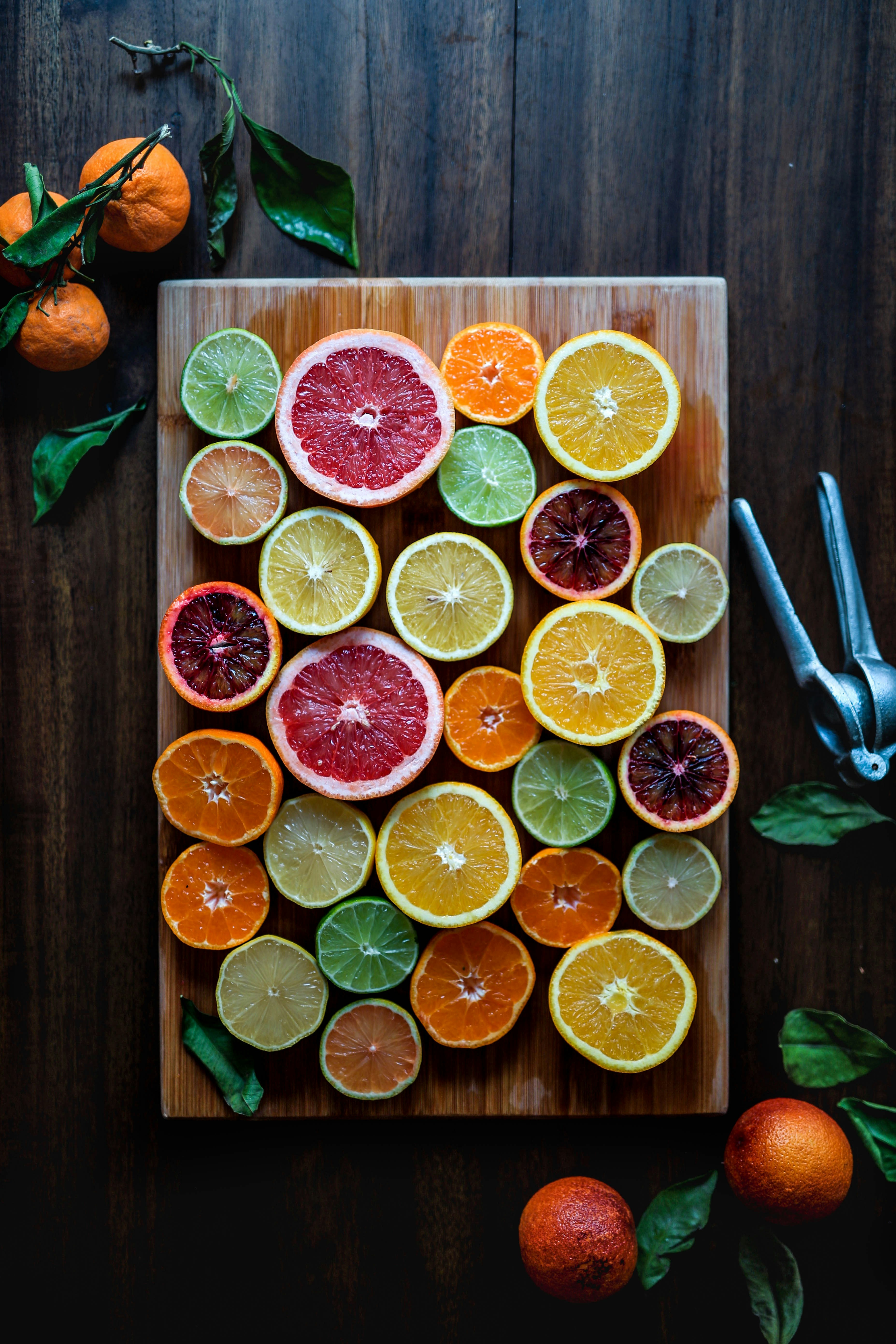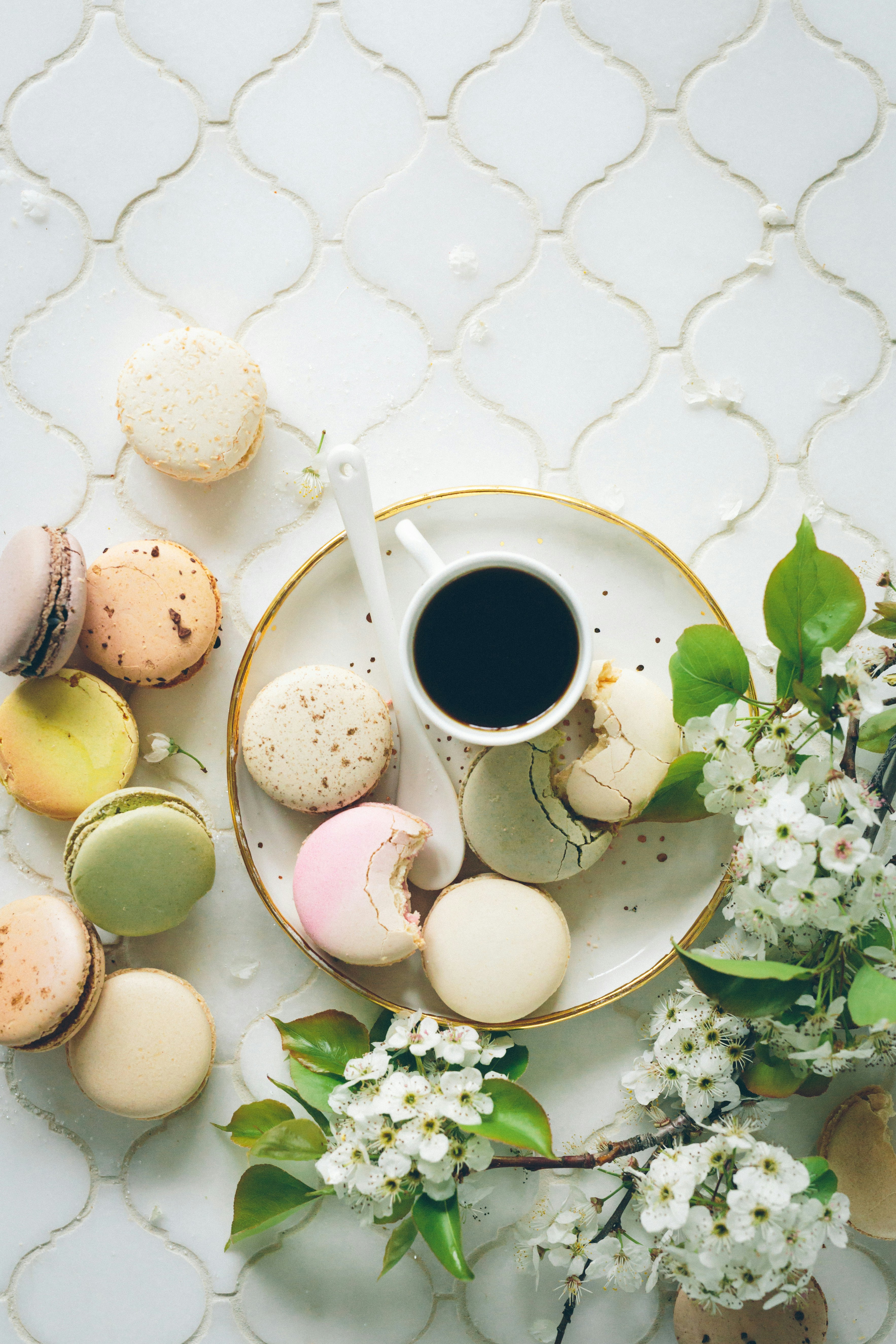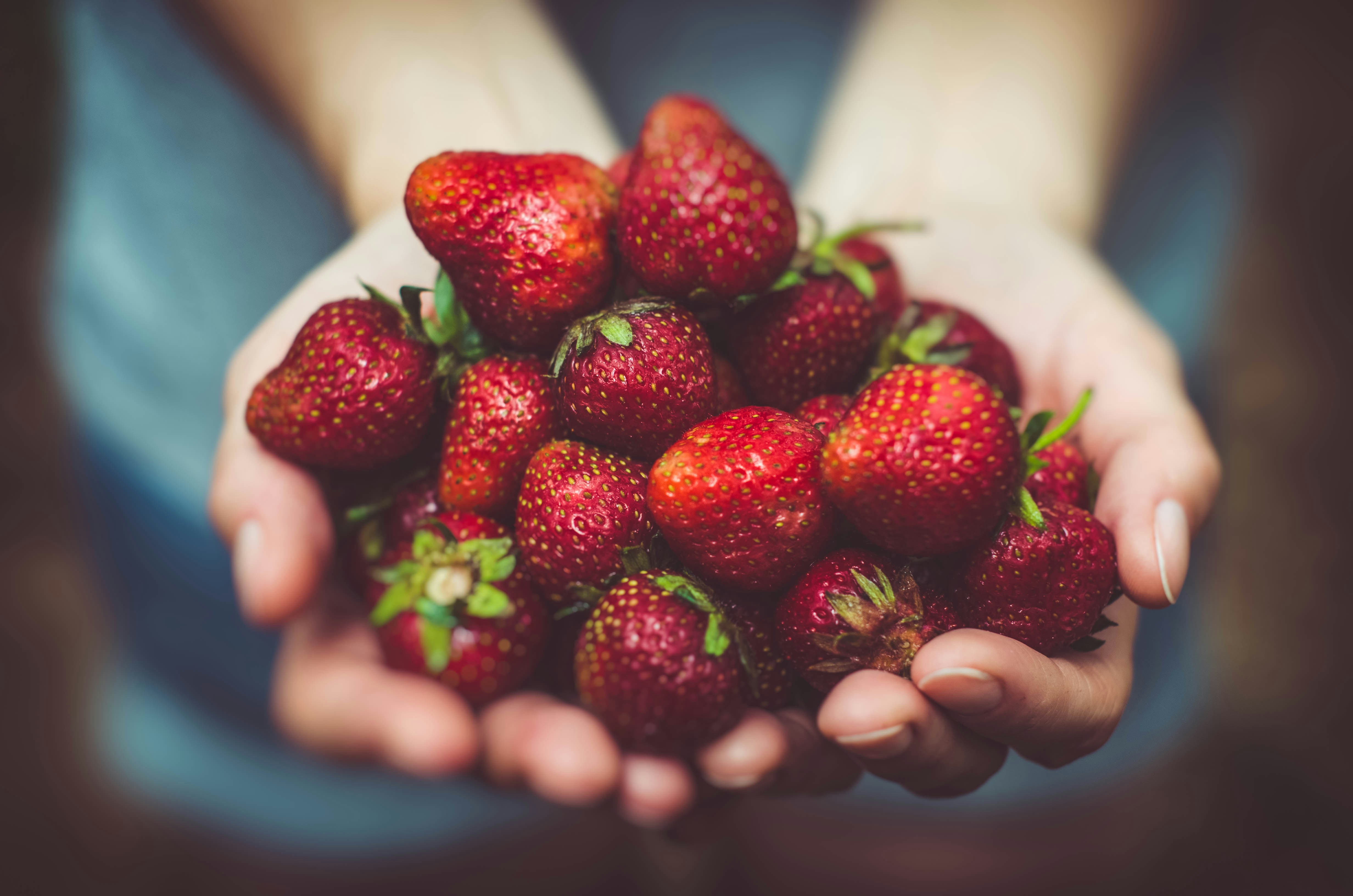In the vibrant world of Korean cuisine, food presentation and aesthetics take center stage in shaping current culinary trends. The way a dish is presented has become an art form, where colors, textures, and arrangement are meticulously considered to create visually stunning and appetizing meals. The emphasis on aesthetics not only adds to the overall dining experience but also reflects the rich cultural heritage and attention to detail that Korean cuisine is known for. From the intricate plating techniques to the use of traditional tableware, food presentation serves as a way to showcase the harmony between taste, visual appeal, and cultural pride. Amidst the evolving culinary scene in Korea, the significance of food presentation and aesthetics continues to captivate and influence both locals and international food enthusiasts alike.
Importance of Food Presentation
First impressions
When it comes to dining, first impressions matter. The way a dish is presented can instantly grab your attention and make you eager to indulge in the culinary experience. Korean cuisine, known for its vibrant flavors and variety, takes food presentation to a whole new level, making it an integral part of the dining experience. From the careful arrangement of each element on the plate to the meticulous attention to detail, Korean food presentation is a feast for the eyes.
Enhancing the dining experience
Food presentation goes beyond just making a dish look visually appealing. It enhances the overall dining experience by engaging all the senses. By presenting a dish in an aesthetically pleasing manner, not only does it whet your appetite, but it also elevates the flavors and textures to another level. A well-presented dish can make you savor each bite, as you experience the symphony of flavors, textures, and visual beauty combined.
Reflecting Korean culture
Food presentation in Korean cuisine is deeply rooted in the country’s rich cultural heritage. It reflects the values and traditions of the Korean people. From the vibrant colors to the intricate details, every aspect of food presentation tells a story. It showcases the essence of Korean culture – the importance of harmony, balance, and respect for nature. Even the choice of ingredients and their arrangement on the plate is a reflection of the deep connection Koreans have with their land and traditions.
Influence of Social Media on Food Presentation
Instagrammable food trends
In today’s digital age, where social media platforms like Instagram play a significant role in shaping trends, food presentation has taken on a whole new dimension. The rise of “Instagrammable” food has led to an explosion of visually stunning dishes that are meant to be shared online. Korean cuisine, with its vibrant colors and unique plating styles, is perfectly suited for the Instagram generation. From elaborate rainbow-colored sushi rolls to intricately arranged bibimbap bowls, these visually striking dishes not only satisfy the taste buds but also create a buzz on social media.
Creating viral dishes
Social media has also influenced the creation of viral dishes, where food presentation plays a central role. Korean chefs and food entrepreneurs are constantly innovating and pushing boundaries to create dishes that are not only delicious but also unique and Instagram-worthy. The “Dalgona coffee” trend is a prime example of how a visually appealing presentation can capture the imagination of millions worldwide. This whipped coffee drink, with its frothy top and artistic swirls, quickly became a sensation on social media, captivating coffee lovers everywhere.
Traditional Korean Food Presentation
Banchan (side dishes)
One aspect that sets Korean cuisine apart is the tradition of serving multiple side dishes, known as banchan. These small portions of various dishes are carefully prepared and presented alongside the main course. Each banchan serves a different purpose – to complement the flavors of the main dish or to provide contrast in taste or texture. The arrangement of banchan on the table is an art form in itself, with colors, shapes, and textures being carefully considered. This traditional form of food presentation adds variety and depth to the dining experience, creating a visually stunning feast.
Janchi (festive feast)
During special occasions or celebrations, Koreans partake in janchi, a festive feast that showcases the beauty and richness of Korean culinary traditions. Janchi dishes are painstakingly prepared and presented in a way that reflects the significance of the occasion. From the use of decorative, intricately carved vegetables to the elegant arrangement of each dish, janchi exemplifies the importance of food presentation in honoring cultural traditions and creating memorable dining experiences.
Modernity and Innovation in Food Presentation
Incorporating artistic techniques
In recent years, Korean chefs have embraced artistic techniques to elevate their food presentation to new heights. From using specialized tools to create intricate garnishes and sculptures to incorporating unique plating styles, these chefs are pushing the boundaries of culinary creativity. By merging traditional Korean aesthetics with contemporary artistic techniques, they are not only creating visually stunning dishes but also redefining the way people experience and appreciate Korean cuisine.
Transformation of street food
Korea is renowned for its vibrant street food culture, and with the rise of food presentation as a crucial aspect, even street vendors are putting extra effort into their displays. Street food stalls are now adorned with colorful signage and attractively arranged ingredients, enticing passersby to sample their delectable offerings. Whether it’s the traditional tteokbokki arranged in a visually appealing manner or a creative twist on classic Korean snacks, street food vendors have embraced the power of food presentation to capture the attention and imagination of food lovers.
Use of Colors and Textures in Korean Cuisine
Color symbolism in dishes
Colors play a significant role in Korean cuisine, with each hue carrying its own symbolic meaning. From vibrant reds representing passion and energy to calming greens symbolizing harmony and health, the choice of colors in food presentation is deliberate and meaningful. By carefully selecting ingredients that reflect these colors, Korean chefs create visually striking dishes that not only tantalize the taste buds but also evoke emotions and convey cultural significance.
Balancing textures for visual appeal
In addition to colors, textures also play a crucial role in food presentation. Korean cuisine emphasizes the importance of texture, as it adds depth and interest to a dish. The combination of crispy, chewy, and tender textures in a single dish creates a visually appealing contrast that enhances the overall dining experience. From crunchy kimchi to silky tofu, each ingredient is carefully selected and prepared to provide a variety of textures, making each bite a delight for both the palate and the eyes.
Plating Styles in Korean Cuisine
Geometry and symmetry
Korean cuisine often incorporates geometric patterns and symmetrical arrangements in its plating styles. This emphasis on geometric precision creates visually pleasing compositions that appeal to the human eye’s natural inclination for balance and order. From rectangular-shaped sushi rolls to neatly arranged banchan, these geometric plating styles not only make the dish visually appealing but also evoke a sense of calm and control.
Minimalistic plating
Korean cuisine also embraces minimalistic plating, where simplicity and elegance take center stage. By focusing on a few key ingredients and using negative space effectively, chefs create visually stunning dishes that captivate the viewer’s attention. This minimalistic approach allows the natural beauty of the ingredients to shine through and emphasizes the importance of quality and craftsmanship. From delicately arranged sashimi to elegantly presented bibimbap, these dishes showcase the artistry of Korean culinary traditions.

The Role of Edible Decorations
Garnishes and edible flowers
Edible garnishes and flowers have long been a part of Korean food presentation, adding a touch of elegance and sophistication to the dish. From delicate flower petals used as decorations to beautifully carved vegetable garnishes, these edible adornments transform a simple dish into a work of art. Edible flowers not only add a pop of color but also impart subtle flavors, further enhancing the overall dining experience.
Creative use of ingredients
Korean cuisine embraces innovation and creativity when it comes to food presentation, and this extends to the use of ingredients as well. Chefs often experiment with unique ingredients and techniques to create visually stunning and unexpected dishes. From using rice paper to create intricate sculptures to incorporating edible gold leaf for a touch of luxury, the creative use of ingredients adds an element of surprise and delight to the dining experience.
Food Presentation for Health and Wellness
Influencing portion control
Food presentation can play a significant role in promoting health and wellness by influencing portion control. By carefully portioning and arranging food on the plate, Korean chefs encourage mindful eating and help individuals maintain a balanced diet. The use of smaller plates and artistic plating techniques can create an illusion of abundance while managing portion sizes, ensuring that diners enjoy their meal in a visually satisfying way while still being mindful of their health.
Encouraging mindful eating
In the fast-paced modern world, many people tend to eat on the go or in a rush. Food presentation can help cultivate a sense of mindfulness and encourage individuals to savor each bite. By taking the time to arrange dishes in an aesthetically pleasing manner, chefs provide a visual cue that encourages diners to slow down, appreciate the flavors, and be fully present in the dining experience. This practice of mindful eating not only enhances enjoyment but also promotes a healthier relationship with food.

Celebrity Chefs and Korean Culinary Trends
Celebrity chef influence
Celebrity chefs have played a significant role in popularizing Korean culinary trends and influencing food presentation techniques. Their creativity and expertise have transformed Korean cuisine into a global phenomenon, attracting food enthusiasts from all over the world. By showcasing the beauty and artistry of Korean food presentation on cooking shows and through their social media platforms, these chefs have created a renewed interest and appreciation for Korean cuisine.
Integration of Western and Korean aesthetics
As Korean cuisine gains global recognition, chefs are also blending Western and Korean aesthetics to create unique and visually stunning dishes. By combining traditional Korean ingredients and techniques with contemporary plating styles, these chefs are not only bridging the gap between different culinary traditions but also pushing the boundaries of food presentation. This fusion of cultures and aesthetics has led to the emergence of innovative dishes that cater to diverse tastes and preferences.
The Impact of Food Presentation on Tourism
Culinary tourism in Korea
Food presentation plays a vital role in attracting tourists to explore the culinary landscape of Korea. The visually stunning dishes and unique plating styles have become a significant draw for food enthusiasts and travelers seeking new gastronomic experiences. From traditional family-owned restaurants serving beautifully presented janchi feasts to innovative Michelin-starred establishments pushing the boundaries of food presentation, Korean cuisine has become a focal point for culinary tourism in the country.
Attracting international visitors
The visual appeal of Korean food presentation has not only captivated local diners but also attracted international visitors. With the rise of social media and the influence of Korean pop culture, the popularity of Korean cuisine has spread far and wide. The vibrant colors, artistic plating, and intricate details of Korean dishes have become iconic symbols of the country’s culinary prowess. Food enthusiasts from around the world now flock to Korea to experience firsthand the beauty and deliciousness of Korean food presentation, making it a significant driver of tourism in the country.
In conclusion, food presentation and aesthetics play a crucial role in current Korean culinary trends. From enhancing the dining experience to reflecting Korea’s rich cultural heritage, food presentation has become an art form that harmoniously combines visual beauty with gastronomic pleasure. The influence of social media has further propelled the importance of food presentation, creating viral dishes and attracting international attention. Whether it’s the traditional banchan or the innovative street food, Korean cuisine’s use of colors, textures, and plating styles captivates the senses and leaves a lasting impression. With the continued influence of celebrity chefs and the impact of food presentation on tourism, Korean culinary trends are set to evolve and captivate even more food enthusiasts worldwide. So, the next time you savor a delicious Korean dish, take a moment to appreciate the thought and effort put into its presentation – because the way it looks truly matters.



